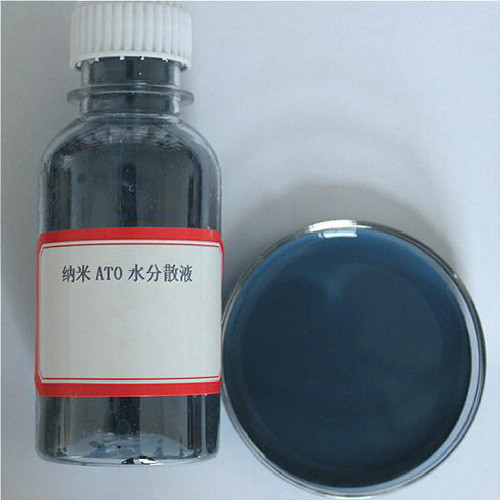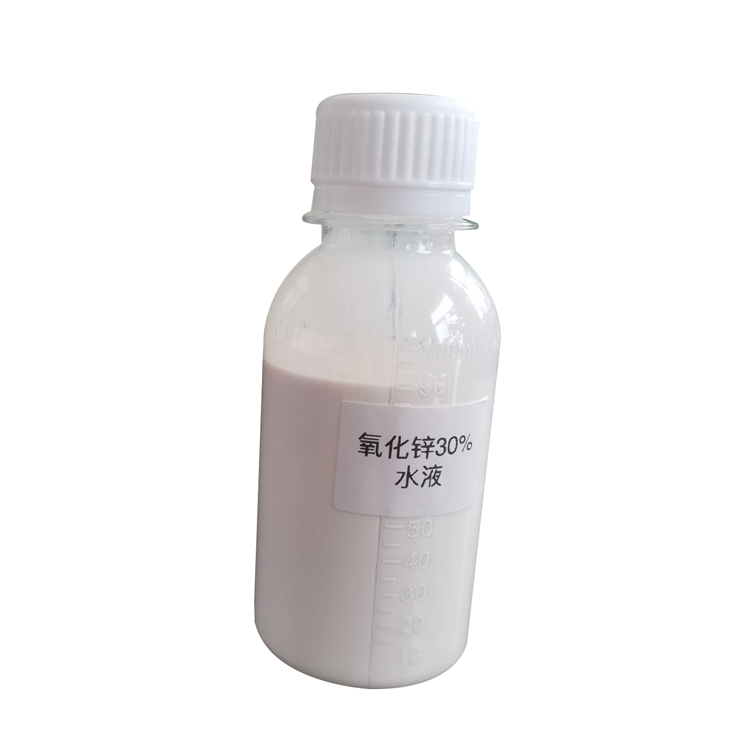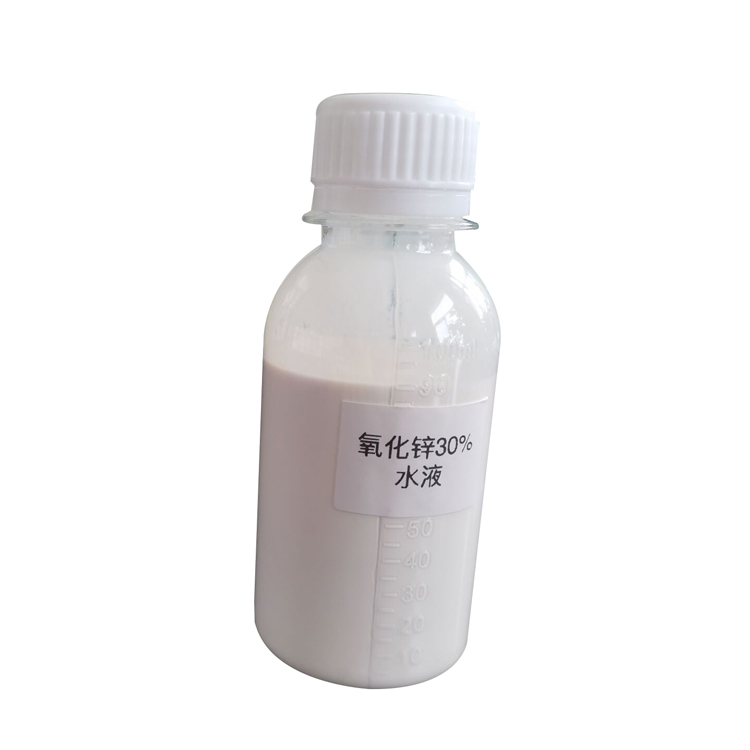Metal nanoparticles have received significant attention in various fields, including medicine, electronics, and optics. As a leading provider of high-quality metal nanoparticle products, SAT NANO understands the importance of passivation layers in metal nanoparticles and how they significantly impact their properties. This article aims to explain the significance of passivation layers in metal nanoparticles with respect to their stability, reactivity, and potential applications.
What is Passivation Layer?
A passivation layer is a thin coating that protects a metal surface from environmental factors such as oxygen, moisture, and other chemical reactions. In the case of metal nanoparticles such as gold and silver, passivation layers mainly comprise organic molecules or polymers that encase and stabilize the particle surface. The passivation process, which typically involves the use of thiol-based or amine-based molecules, forms a self-assembled monolayer on the nanoparticle's surface, creating a protective shell that influences the particle's properties.
Stability of Metal Nanoparticles
An essential property of metal nanoparticles is their stability. Passivation layers play a crucial role in maintaining the stability of metal nanoparticles in different environments. These layers not only prevent metal oxidation but also minimize surface contamination and degradation, thus ensuring the nanoparticles remain stable over time. The stability of metal nanoparticles is vital in various applications, such as drug delivery, where the efficacy of drugs is significantly impacted by the stability of nanoparticle carriers.
Reactivity of Metal Nanoparticles
The properties of metal nanoparticles, including their reactivity, are significantly influenced by passivation layers. The presence of these layers decreases the reactivity of metal nanoparticles, making them less prone to chemical reactions, which can affect their properties. The reduced reactivity also helps prevent toxic reactions in biological systems and enhances the safety of metal nanoparticle applications in medical treatment.
Potential Applications of Passivated Metal Nanoparticles
Passivation layers open up new possibilities for the application of metal nanoparticles in various fields. Coating metal nanoparticles with unique passivation layers could endow the particles with desired properties to suit specific applications. For instance, passivation with carboxylic acids can increase the solubility of metal nanoparticles, making them better drug carriers. Passivation with amino acids could enhance the biocompatibility of metal nanoparticles, making them safe for medical use.
Conclusion
In summary, passivation layers play a vital role in enhancing the stability, reactivity, and potential applications of metal nanoparticles. By using unique passivation layers, SAT NANO can provide metal nanoparticle products suited for various applications. As researchers continue to explore the potential of metal nanoparticles, understanding the significance of passivation layers in these tiny particles will remain essential.
In case you have any questions, feel free to reach out to SAT NANO for more information, our email is sales03@satnano.com

























